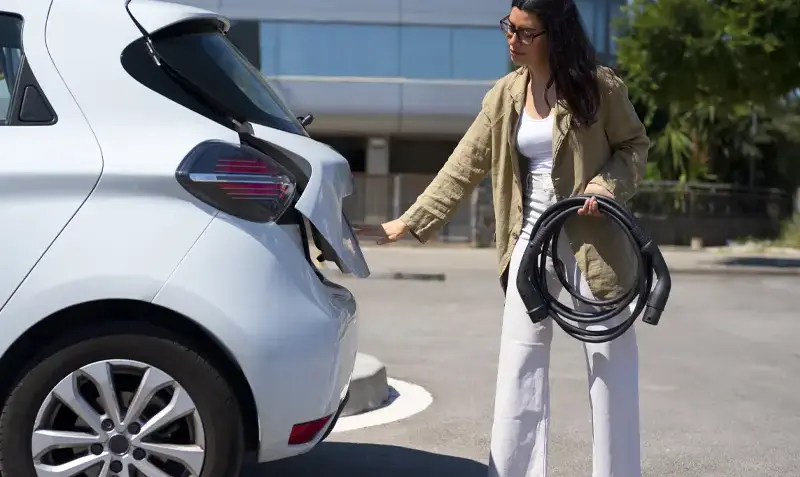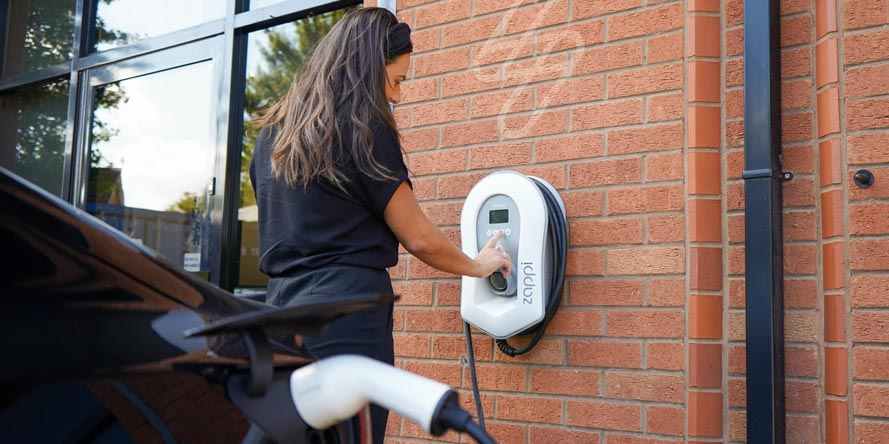Out And About With An Electric Car
Investment in electric vehicle (EV) development and infrastructure is gathering pace, and being out and about in your electric car should no longer be met with concern.

The range achievable by electric cars and the convenience of where to charge them has led to the majority of the apprehension that people have felt about making the switch from traditional petrol and diesel vehicles. However, the good news is that both these fears are easing, and at a considerable rate. Investment in electric vehicle (EV) development and infrastructure is gathering pace, and being out and about in your electric car should no longer be met with concern.
Tesla drivers already have their own dedicated Supercharger network, where they can find available chargers guaranteed to suit their vehicles, but not everyone drives a Tesla. So what is there available to everyone else? The fundamental question about switching to EVs is whether it will suit your lifestyle. That largely comes down to whether you can charge your EV when convenient, so let’s take a look at how easy that is.
It is true that the majority of EV drivers charge their car at home, but many of us are out and about at work, travelling for leisure and keeping family life ticking over, so we need to know how easy it will be to charge our EV when we are away from home.
Where to charge your electric car in public
Many workplaces are investing in EV charging stations, to provide free electricity as a means of enticing and retaining the best employees. These will often be fast or rapid charging stations, and hence if you have a Nissan Leaf, for example, you could charge it from flat to full via a fast 7kW charger in about seven and a half hours, or the length of your working day.
This makes a relatively long distance commute achievable with an EV, but what about those of us who need to travel further than what is available in our EV from a full charge? This is where we need to rely on a public charging network that has now grown to over 42,000 public charging connectors at over 15,500 locations. In 2019, for the first time, the number of EV charging points surpassed the number of petrol and diesel pumps, and that imbalance is only now going to continue going one way.
Over the last decade EV manufacturers and the UK Government have invested hugely in the EV charging network. Ecotricity have installed rapid chargers into 96% of the nation’s motorway service stations and every IKEA store in the UK. Meanwhile, Chargemaster have installed low-voltage, slower chargers on street lamp posts and in public car parks. Previously, you could use these to top-up for free, but as the infrastructure has grown, so the networks have started charging for electricity. This has merely prompted people to address their habits though, so that public charging is a handy option as and when we ‘need’ it, but we can still charge more cost-effectively at home. Free charging is also still available to patrons at some supermarkets, shopping centres, public car parks and hotels, but there is often a time restriction in place.

Different types of electric vehicle charger
EV charging can be split into three categories:
Slow – 3kW – at home where a full charge will take about 8-10 hours
Fast – 7kW to 22kW – at home/work/public place where a full charge could take two to three hours depending on the kWh of the charger
Rapid – 43kW upwards to an average of about 150kW – at motorway services/dedicated charging hubs/some petrol stations, where a full charge can be achieved in about 30-60 minutes.
So it might suit your lifestyle to charge at home or at work, if you can leave your car to charge overnight or for the length of a working day. Or you might be able to charge at a faster rate while you go to the gym, or swimming, or shopping, or for a haircut or for a meal. Fundamentally, you will already have addressed the idea that an EV will suit your lifestyle, now you just need to make some small adjustments to make sure your lifestyle suits your EV.




























